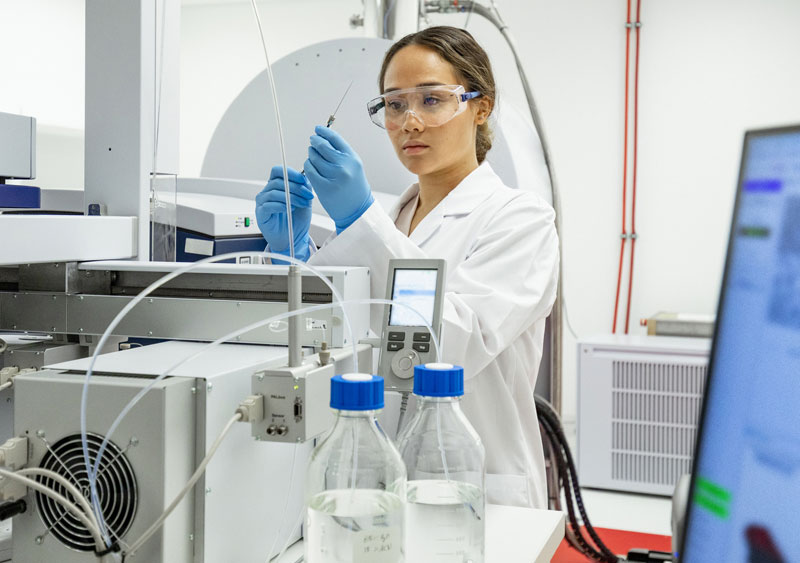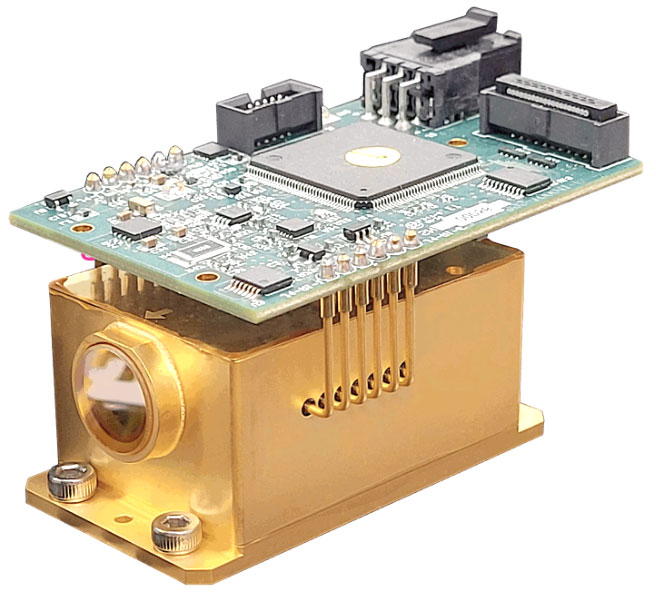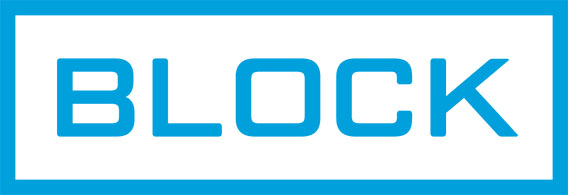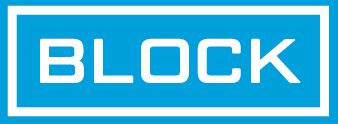What Are the Advantages of QCL Spectroscopy in Life Science Applications?
 For decades, scientists have been using spectrometers to analyze biological tissues, monitor biochemical reactions, and scan for disease markers.
For decades, scientists have been using spectrometers to analyze biological tissues, monitor biochemical reactions, and scan for disease markers.
Spectrometers work by measuring electromagnetic radiation, including invisible forms of light in the infrared and ultraviolet ranges. Specific types of cells and reactions absorb unique spectral "fingerprints" in these ranges, allowing them to be identified and quantified.
Historically, spectrometers in the life science field have been built around FTIR (Fourier Transform Infrared), Raman, NMR (Nuclear Magnetic Resonance), UV-Visible, and X-Ray Fluorescence-based technologies. Each of these has advantages and disadvantages, including speed, cost, sample preparation, and precision.
Over the past several years, Quantum Cascade Laser (QCL) spectrometers have emerged as a powerful alternative to these existing technologies. Like FTIRs, QCLs operate in the mid-infrared range, but their dramatically stronger output extends the field of use to include bulk tissue and liquid samples. The precise tunability and high power of QCLs create significant advantages in life science spectroscopy applications.
Benefits of QCLs
One of the greatest advantages of QCL spectroscopy is the high power and spectral precision — and resulting speed — that is enabled.
A traditional FTIR spectrometer generally uses a very broad-wavelength, low-power incandescent light source, and gathers an enormous amount of data over a wide spectrum. While certain applications may desire this, many others will be required to parse through large amounts of unnecessary spectral information.
The actual scans of an FTIR instrument may take hours, and analysis may require complex algorithms. If a scientist is seeking a specific spectral signature in a narrow wavelength, this will slow the measurement process significantly.
By contrast, a QCL can be tuned to focus on very specific wavelength ranges, be they broad or narrow. As an example, Block's single-tuner QCLs can be targeted toward precise infrared ranges that are ideal for identification of proteins, glucose, or other biomarkers. By narrowing the focus, data acquisition can be completed in seconds, rather than hours — and analysis can be done extremely rapidly. Conversely, QCLs are capable of much broader tuning to enable spectral analysis for a wide variety of molecules simultaneously.
 The high power also enables QCLs to penetrate aqueous liquids better than FTIR, as well as reflect off tissues. These capabilities are useful, for example, in analyzing biopsy samples or using microfluid cells to analyze individual cells.
The high power also enables QCLs to penetrate aqueous liquids better than FTIR, as well as reflect off tissues. These capabilities are useful, for example, in analyzing biopsy samples or using microfluid cells to analyze individual cells.
In addition, the high power, speed, and spectral precision also enable the use of QCLs in breath analysis, which has shown promise in a wide number of applications including detecting infectious disease (covid and tuberculosis), cancer, and THC in cannabis smoke.
In many life science applications, continuous analysis of a reaction is crucial for measurement of biochemical interactions and biological processes. The speed advantages of QCLs allow for real-time, ongoing monitoring of reactions.
Finally, the high spectral brightness and spectral resolution of quantum cascade lasers also improves signal-to-noise ratios compared to other types of spectrometers. Specific spectral signatures may be easier to identify with laser-based instruments. Trace amounts of biomarkers may be detected more easily in a sample, improving applications like disease detection.
QCLs are generally highly compact, and the pulsed QCLs manufactured by Block do not require bulky external cooling systems. These advantages enable spectrometers to be reduced in both size and design complexity, creating cost savings and ease-of-use improvements.
Each type of spectrometer technology has its own advantages, and many manufacturers are recognizing that adding QCLs to their instrument suite can enable new measurement applications which previously were not possible with FTIR or other traditional approaches. If you would like to discuss how Block's QCLs may assist with your spectroscopy or imaging application, please contact us.

